In an “era of incuriosity” that has led to increased loneliness and polarization, creative consultant and scholar Scott Shigeoka offers an antidote: deep curiosity. Unlike the shallow curiosity of learning a new fact, deep curiosity aims to discover a heartfelt understanding of yourself, others, and the world beyond. Backed by research, workshops, and his own personal experience, Shigeoka argues for the benefits of deep curiosity and offers a four-step model — “detach, intend, value, and embrace” (DIVE) — for how to get there. If you’re stuck in the shallow end, DIVE in deep.
Curiosity is an innate drive that powers learning, growth, innovation, and connection.
Everyone is born with a natural curiosity. This desire for knowledge helps children develop and learn about the world. But curiosity doesn’t extinguish with age: Research indicates that people tend to grow even more curious as they mature into adulthood and beyond. A curious mindset brings numerous benefits: It can help you challenge your biases, face uncertainty with courage, deepen interpersonal relationships, improve your collaboration skills, find commonalities with people who seem different on paper, and build resilience. But today, people often neglect their curiosity, resulting in an “era of incuriosity.” This dearth of curiosity contributes to loneliness, which, in turn, shortens lifespans, as longitudinal health studies have shown. Furthermore, a lack of curiosity about others increases polarization, because incurious people push others away rather than listening to what they have to say.
Curiosity has three “cardinal directions”: It can aim “inward, outward, and beyond.” Inward curiosity focuses on understanding...
Scott Shigeoka is a curiosity expert who teaches at the University of Texas at Austin, researches at the Greater Good Science Center at UC Berkeley, and leads curiosity workshops for businesses around the globe.








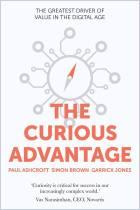

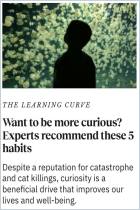
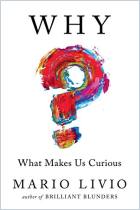
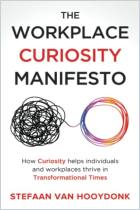
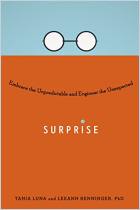

Comment on this summary or Démarrer une discussion